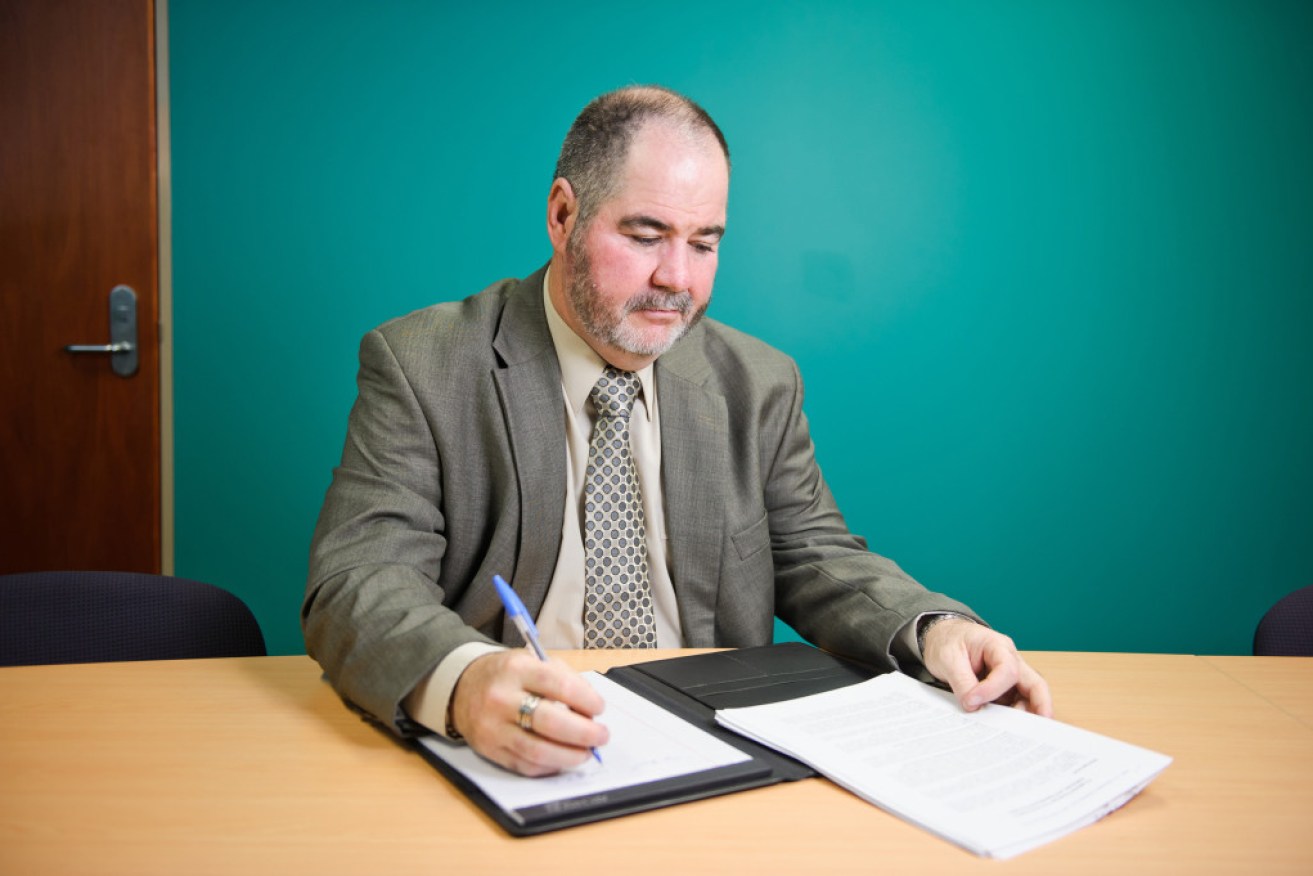Year 7 school policy tougher than it looks

Queensland teacher's Union President Kevin Bates
The transition of Year 7 schooling from primary to high schools is a “massive expensive exercise fraught with political difficulties”, interstate education officials warn.
While the South Australian Opposition promised yesterday it would make the move from 2016 to “bring our Year 7 students in line with the national curriculum and challenge them academically”, two states that are mid-way through the transition have told InDaily it’s tougher than it seems.
Queensland began the process almost five years ago and full implementation is due in 2015.
Western Australia has taken a shorter path, announcing the change two years ago and full roll-out is expected in 2015, albeit with some unresolved concerns.
“You must be the last ones left,” State Schools Teachers Union of WA President Pat Byrne said.
“It’s a major exercise and as we head into the 2015 deadline here in WA, I’m not convinced we’ve covered all the issues.
“Firstly, there are parental concerns – some justified, some not – but they are concerns that must be addressed.
“Secondly, there are the teachers. Year 7 teachers have to be re-trained to operate in a high school environment and that’s a significant shift in skill sets.
“Thirdly, there’s a major building program that’s going on as high schools deal with the extra resources they need to service the added students.
“Finally, there’s the issue of what happens to the smaller primary schools where their loss of students means re-classification, or in some cases, possible closure.”
Byrne said the WA Government had pushed harder and faster than may have been necessary.
“They want to make the change, but all those issues cost money and we are now in a position of budget restraint so the project isn’t getting the funding it needs.”
Byrne’s counterpart in Queensland, Kevin Bates, President of the Queensland Teacher’s Union, says the process has been welcomed in his state due to a successful transition period.
“There were a lot of concerns early; parents were worried, resources were an issue, retraining,” Bates said.
“What we’ve learned is that the government needs to make sure lots of information is available.
“It’s been a long, but well-informed process and the feedback to date is that student have embraced it as an exciting adventure.
“Trial schools tell us that the transition’s been an effective process.”
Bates says the Queensland Government started with a two-year consultation period, followed by three years of trials.
“The first year it was just a couple of schools; they added more in the second year and in the third year it’s around 25 schools.
“What we’ve done is develop the concept of a middle school – years 7, 8 and 9 – and a senior school for years 10,11 and 12.
“We’ve seen that it enhances specialist subjects such as maths and sciences where the lack of laboratories etc in primary schools had been a problem.
“One of the biggest concerns was the parental one: was it appropriate to ‘send my 12-year-old into the puberty cauldron’ was a justifiable concerns for parents. That’s been overcome.
“Around 1600 teachers are being re-trained and there’s some $350 million in additional facilities, so you can see it’s a major exercise that’s fraught with political difficulties.”
Bates says he expects the issues will be the same in SA and if properly managed, the outcomes should be just as beneficial.
“Information and consultation is the key – these are all very personal issues for parents, teachers and students.”
Byrne and Bates agree that there’s likely to be better academic outcomes, but note that its will take some years before that can be measured.
“It will be a few years before we can see how year 9s for example do in the NAPLAN tests compared to the Year 9s who had a different transition,” Bates said.
The two interstate officials said the move towards nationally uniform structures had become a logical shift.
Yesterday, Liberal Leader Steven Marshall said he “will work with school communities, students and parents to ensure that Year 7 students are given all the support they need as they shift into secondary school”.
Given the interstate experience, he may have to broaden that support and consultation.
South Australia’s high school principals echoed the views of those in WA and Queensland, saying the process will require extra government investment.
Jan Paterson, President of the South Australian Secondary Principals Association, told InDaily that the needs of Year 7 students were too great to be met by a single generalist teacher, as is the common primary school model.
“We’re very concerned that in the Australian curriculum there are areas in Year 7 that we believe need specialist teaching,” Paterson said.
“The Liberal Party has addressed that concern by making the shift into high school. We also think the students are of an age where that makes sense.”
State Labor ruled out 7-12 high schools, saying there is no evidence to support such a move and the SA Teacher’s Union also opposed the policy.
They might want to talk with their interstate colleagues.




